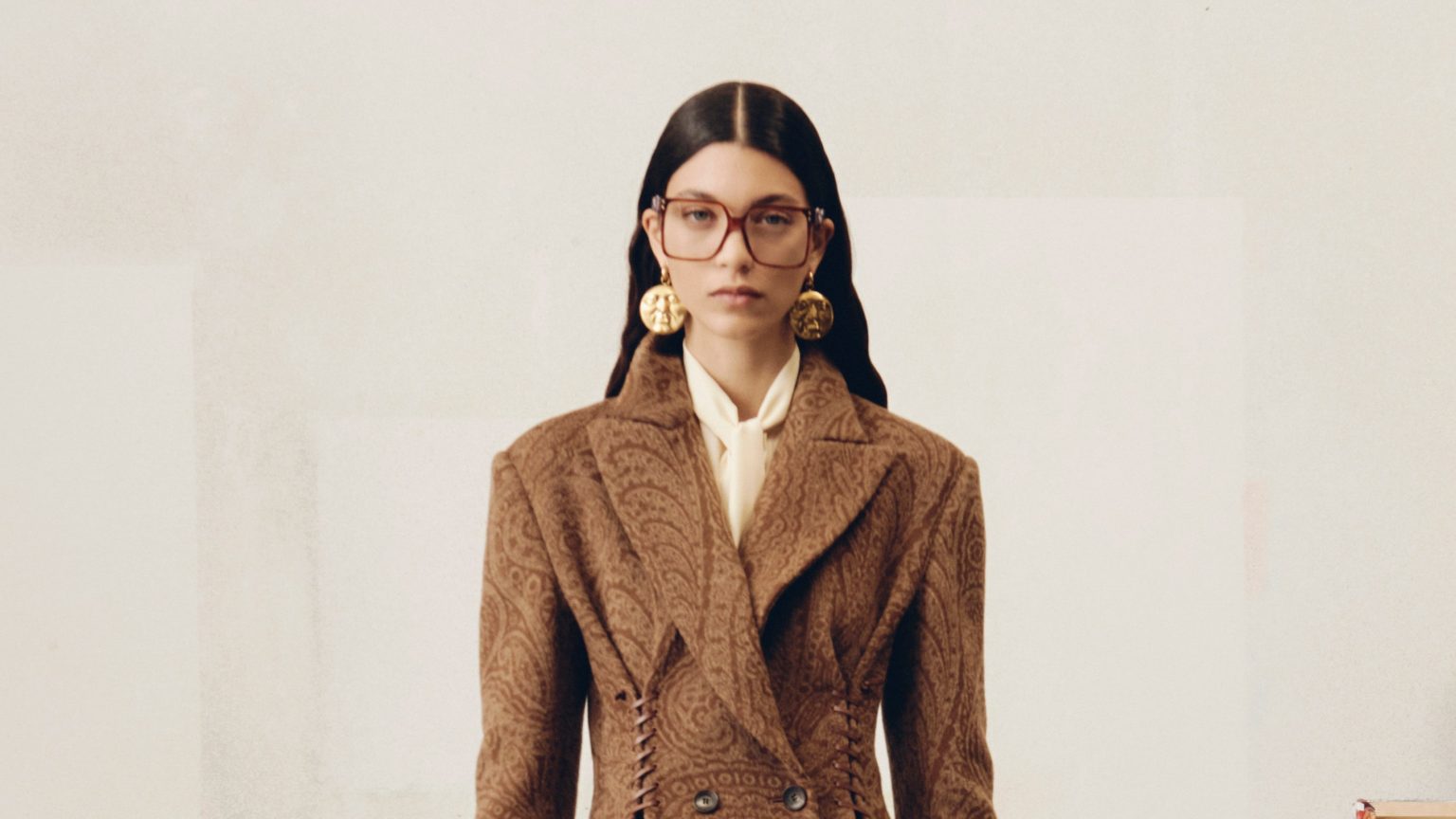Pre-fall collections often require designers to act as agile tightrope walkers, torn between market demands to dilute their edge for broader consumer appeal and the desire to uphold their artistic high standards. This tension more often than not sparks conflicts between brand management and creative teams, contributing to the turnover of designers leading fashion houses we’re seeing today. The uncertain state of the luxury market has made this struggle even more pronounced.
No designer is immune from the pressure. At Etro, Marco De Vincenzo is striving to balance the brand’s heritage with his forward-thinking vision. “It’s both thrilling and challenging,” he remarked, acknowledging that this friction has expanded his perspective and flexed his adaptability muscles, allowing him to preserve integrity while navigating limitations.
As a designer drawn more to graphic, kinetic maximalism than to the languid appeal of flowing frocks, negotiating the brand’s boho legacy has proven challenging. However, it seems he has found his stride, with pre-fall serving as a springboard to refine his own approach to the style. Etro’s signature billowy silhouettes took on a new slender form in stretchy silk jersey, hugging the body with younger, sexier lines and printed with sparse floral prints that felt lighter and more restrained compared to past designs. The same hourglass shape appeared in quotidian staples like coats, blazers, and minidresses, where the waistline was emphasized and shaped by a hand-made leather lace-up motif, as in a slender cashmere coat in subdued tone-on-tone caramel paisley.
A handsome example of De Vincenzo’s artistic yet realistic vibe was a camel straight-cut masculine coat whose chunky sides and sleeves were knitted in a vivid abstract pattern. He called it a “cut-and-paste specimen, a crossbreed between a jumper and a city coat,” where a reductionist attitude (“I’m trying to simplify and find a sort of minimalist spirit in Etro,” he said) coexisted with a crafty wanderlust.
A few men’s looks were presented alongside the women’s, reflecting a style more aligned with the preferences of the traditional clientele of the label. De Vincenzo’s tenure at Etro isn’t about radical transformation—not all revolutions unfold abruptly.

